Development of an Integrated Air Pollution Monitoring System for Urban Areas
January 21, 2022
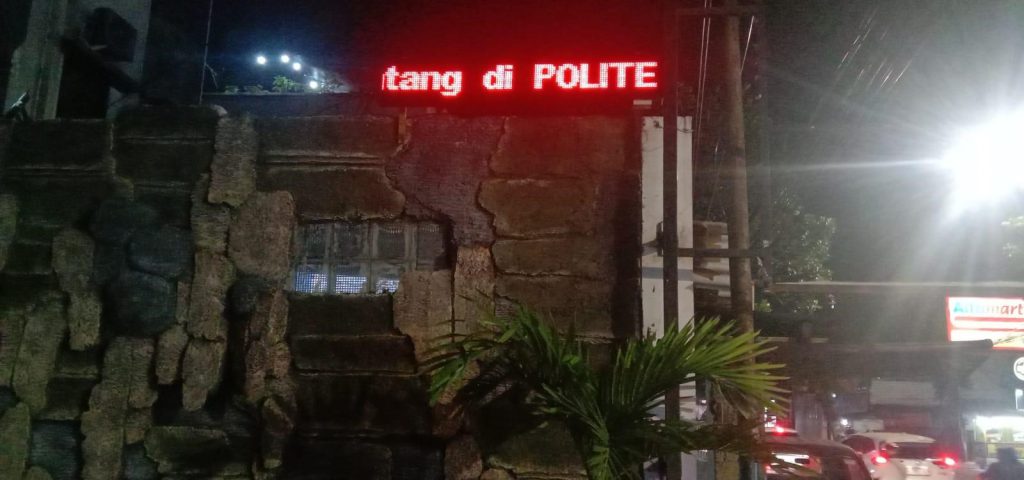
The constant fluctuations in weather, changing over time and from one place to another, require instruments (such as weather measuring tools, advanced computers for analysis/forecasting) and observers, as well as meteorologists capable of critically analyzing weather data. Carbon dioxide is an essential gas for aiding the photosynthesis process in plants. However, if the amount of CO₂ in the air is too high, especially with the reduction in trees, the amount of CO₂ absorbed also decreases, potentially posing health risks to humans.
Politeknik Piksi Ganesha Campus, located on Gatot Subroto Street in Bandung, is always bustling with vehicles every day, making air and weather pollution likely. Therefore, a tool is needed to monitor and provide information regarding weather conditions and pollution levels. Based on this need, HIMA IT will conduct research together by designing a device called the Purple Campus Mini Weather Station.
The “Purple Ganesha Mini Weather Station” project is designed to leverage Internet of Things (IoT) technology, air quality sensors, and cloud computing systems. IoT-connected sensors will be placed at various strategic points within the city to monitor major pollutants, such as PM2.5 and PM10 particles, nitrogen dioxide (NO₂), sulfur dioxide (SO₂), carbon monoxide (CO), and ozone (O₃). Data collected from these sensors will be sent to the cloud computing system in real-time for processing, analysis, and storage.
Furthermore, the resulting air quality data will be presented in an accessible interface for the public and government agencies through web and mobile applications. This system can also be equipped with an air pollution prediction feature using artificial intelligence (AI) algorithms to provide early warnings to the public and government about areas with high pollution risk. With this feature, it is hoped that cities can be more prepared in managing air pollution and planning appropriate measures to protect the environment and public health.
In addition to real-time monitoring, this system can serve as a basis for the government in formulating more effective environmental policies, such as traffic management, industrial emissions regulation, and urban green space development. With an integrated monitoring system, cities can progress towards a smart city concept that not only improves quality of life but also preserves the environment for future generations.
Author: Seliwati
Editor: Rini Suwartika
#WorldClassPoliteknik
#PoliteknikPiksiGanesha
#SustainablePiksi
#HighImpactRanking
#SDG9
#IndustryInnovationAndInfrastructure







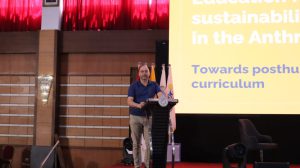
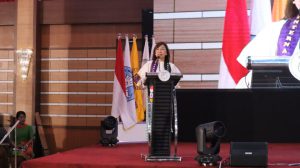
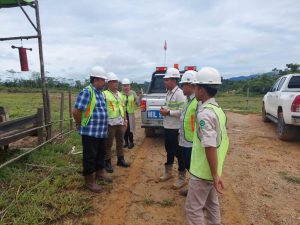
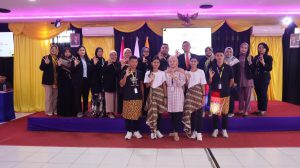


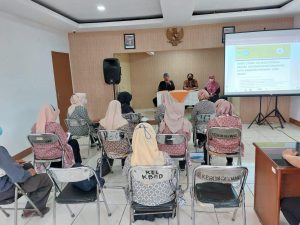
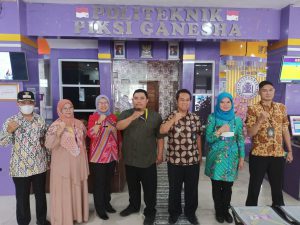
34 comments